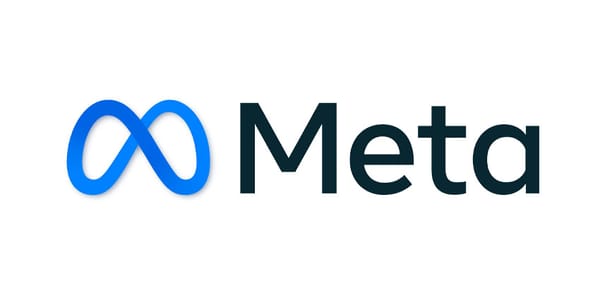Elon Musk Envisions Neuralink-Enhanced Humans Outperforming Pro Gamers Soon
Elon Musk says a person with a Neuralink chip could beat a pro gamer in a few years

Elon Musk has shared an ambitious vision for the future of human cognition with Neuralink, his brain-computer interface startup. Speaking on Lex Fridman’s podcast, Musk suggested that within a few years, a person with a Neuralink chip could outperform a professional video gamer due to significantly faster reaction times.
In the podcast episode released on Friday, Musk highlighted Neuralink’s progress, noting that earlier this year, the company successfully implanted a chip into a person’s brain. “We feel pretty confident that in the next year or two, someone with a Neuralink implant would be able to outperform a pro gamer because the reaction time would be faster,” Musk said.
Neuralink’s initial breakthrough involved implanting a chip in a quadriplegic patient, who then gained the ability to play video games using only his mind. Looking ahead, Musk discussed Neuralink’s broader ambitions to enhance human-AI interaction. He explained that one of Neuralink’s long-term goals is to improve AI-human symbiosis by increasing the speed and volume of human communication. Without such enhancements, AI might become “bored” waiting for humans to communicate at a few bits per second, while AI operates at terabits per second. Musk likened this communication gap to “talking to a tree.”
Despite these grand ambitions, Musk emphasized that Neuralink’s immediate focus is on addressing neuron damage in the spinal cord, neck, or brain, as exemplified by their initial patients. “We’re just starting with the basics here, the simple stuff, relatively speaking, which is solving neuron damage,” he noted. However, once the safety of Neuralink implants is well-established after years of use by thousands of people, the company might then consider augmenting individuals without neurological issues.
Neuralink already plans to use its technology to enhance individuals with neuron damage, aiming to provide them with a “communication data rate” surpassing typical human capabilities. “While we’re in there, why not? Let’s give people superpowers,” Musk said.
The potential for Neuralink’s technology extends to improving human vision as well. Musk envisions future advancements building on Neuralink’s Blindsight product, which could initially offer low-resolution images but may eventually provide higher-resolution vision and capabilities to see in different parts of the spectrum, such as ultraviolet or infrared.
In February, Musk reported progress with Neuralink’s first patient, and last month, he revealed plans to implant a chip in a second patient. On Friday, he confirmed that the second implant has been successfully completed and that the initial results are promising.
Neuralink’s N1 brain-computer interface, roughly the size of a quarter, is designed to record and transmit neural activity through over 1,000 electrodes distributed across numerous filaments, each thinner than a human hair. Representatives from Neuralink did not immediately respond to a request for comment.
Credit: Fortune




